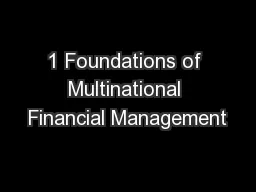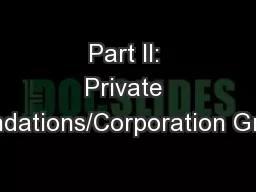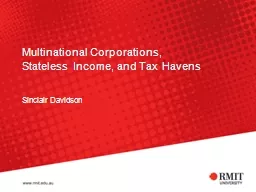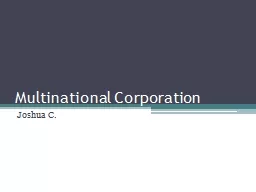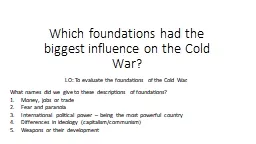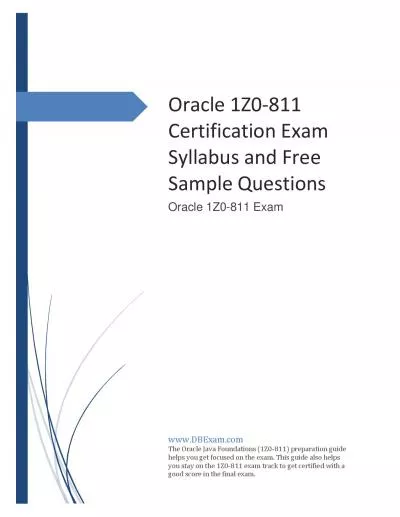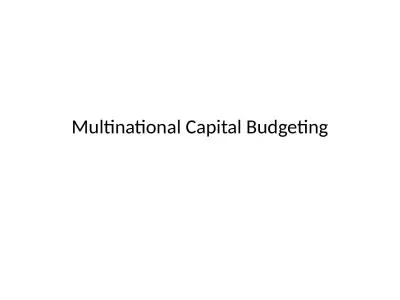PPT-1 Foundations of Multinational Financial Management
Author : celsa-spraggs | Published Date : 2017-04-19
Alan Shapiro 10 th Edition John Wiley amp Sons Inc PowerPoints by Joseph F Greco PhD California State University Fullerton 2 The Determination of Exchange Rates
Presentation Embed Code
Download Presentation
Download Presentation The PPT/PDF document "1 Foundations of Multinational Financial..." is the property of its rightful owner. Permission is granted to download and print the materials on this website for personal, non-commercial use only, and to display it on your personal computer provided you do not modify the materials and that you retain all copyright notices contained in the materials. By downloading content from our website, you accept the terms of this agreement.
1 Foundations of Multinational Financial Management: Transcript
Download Rules Of Document
"1 Foundations of Multinational Financial Management"The content belongs to its owner. You may download and print it for personal use, without modification, and keep all copyright notices. By downloading, you agree to these terms.
Related Documents

